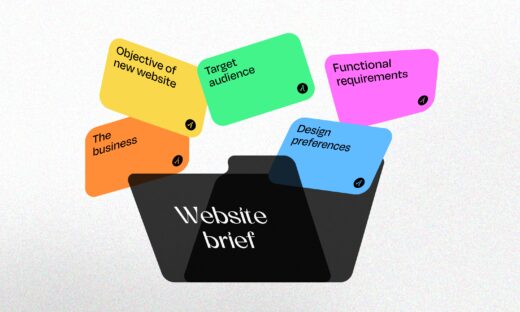Expert insights from our team.
Client Spotlight with Jordan Gardner
4 min read

Are third-party marketing scripts affecting your website speed, user experience, and rank?
5 min read

Website carbon impact: how does your industry compare?
3 min read

Effortless Transitions with BarbaJS
3 min read

Create a multi-regional, multi-lingual website with ease with Craft CMS.
2 min read

How to write a website brief
2.5 min read

Annual client questionnaire 2024 results
1 min read

Why investing in the planning phase of your website is the key to its success
5 min read
